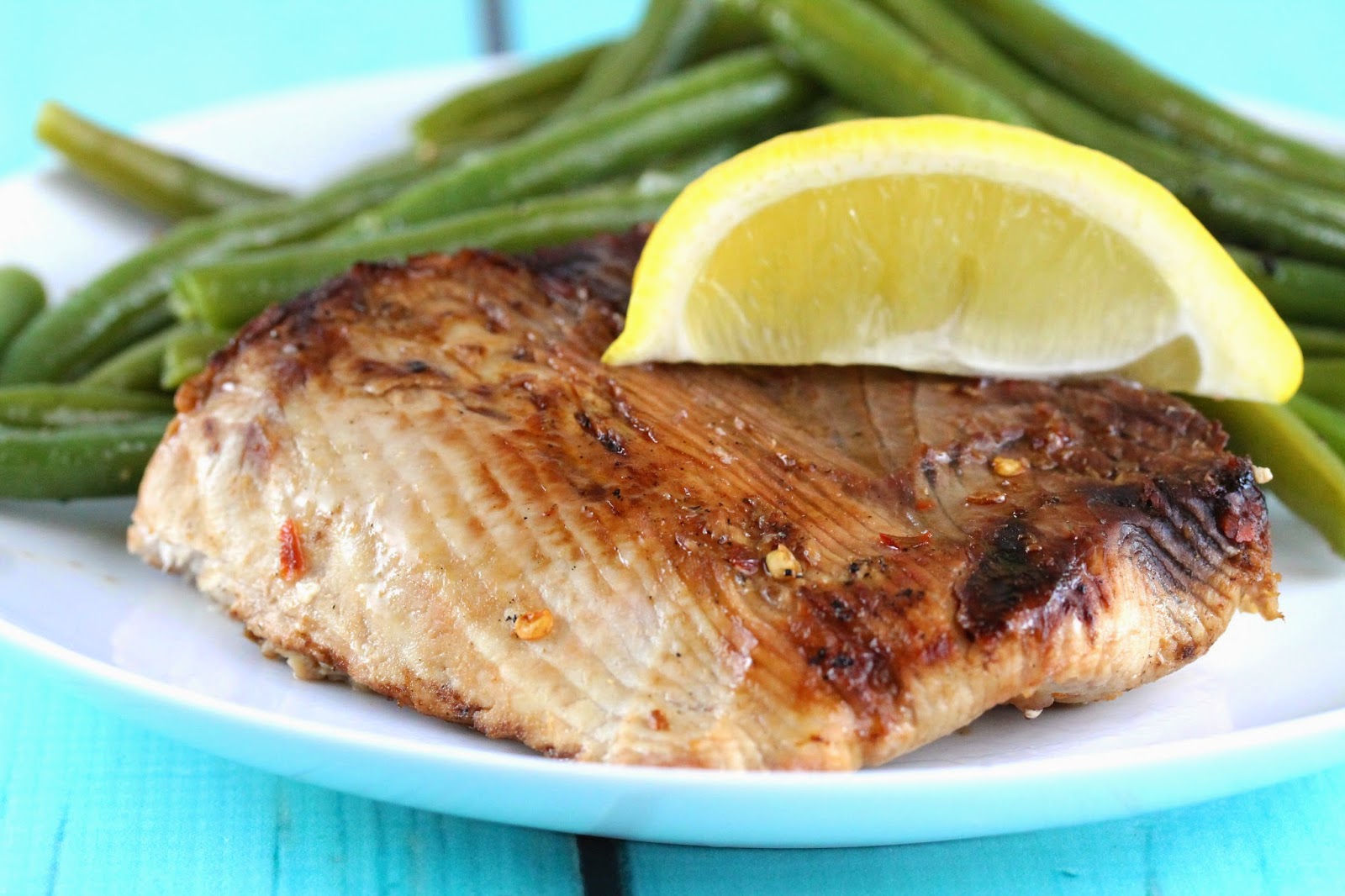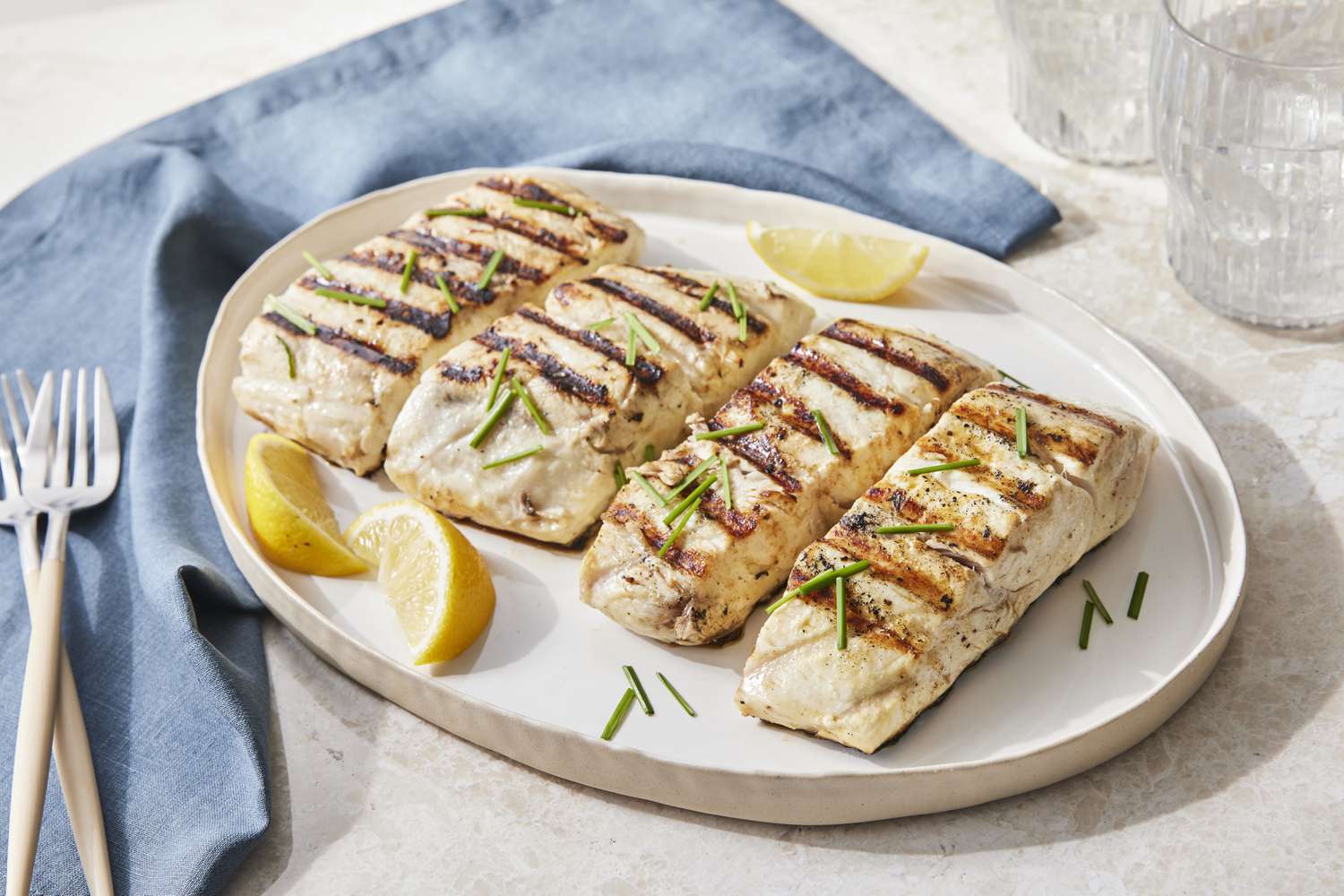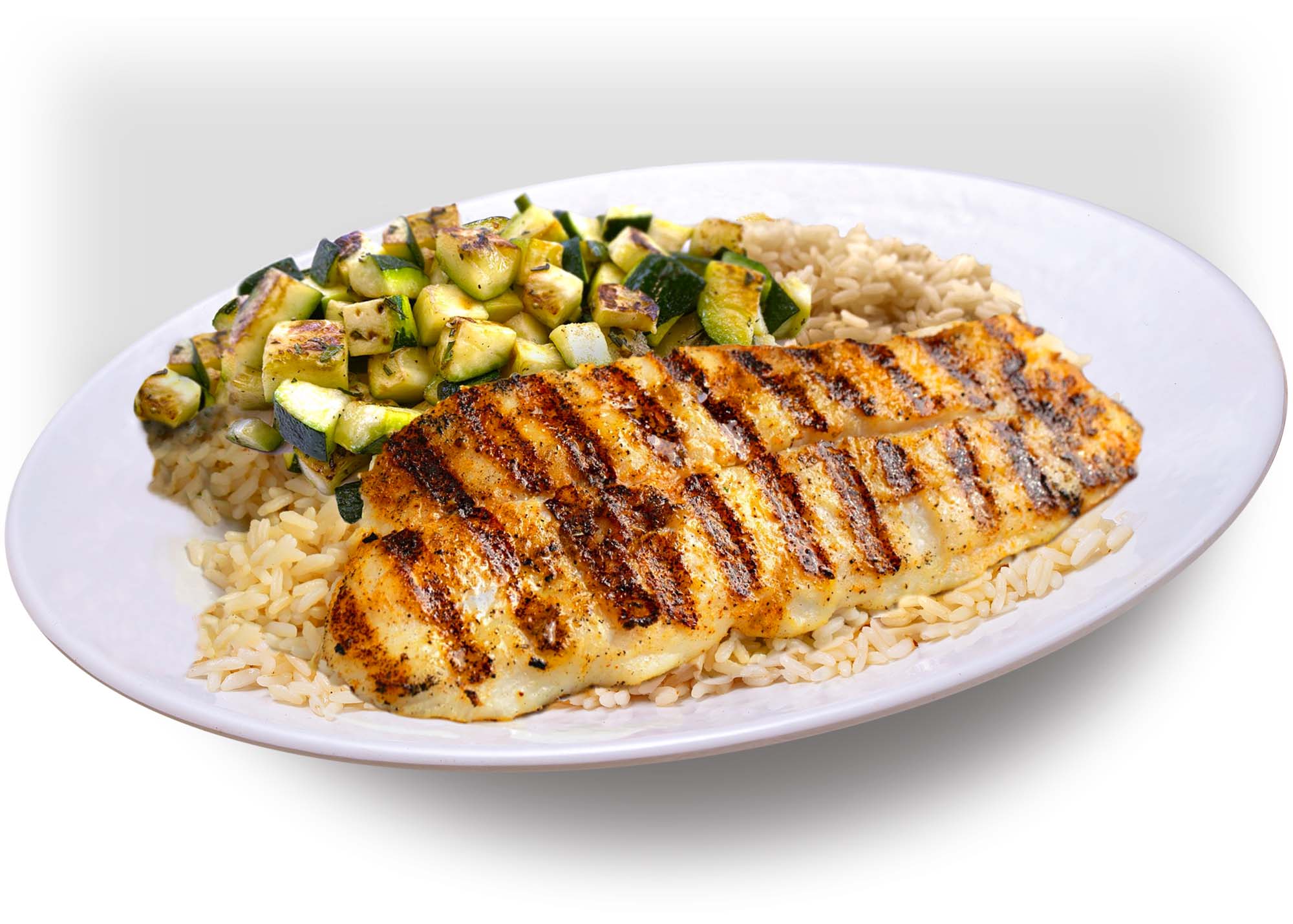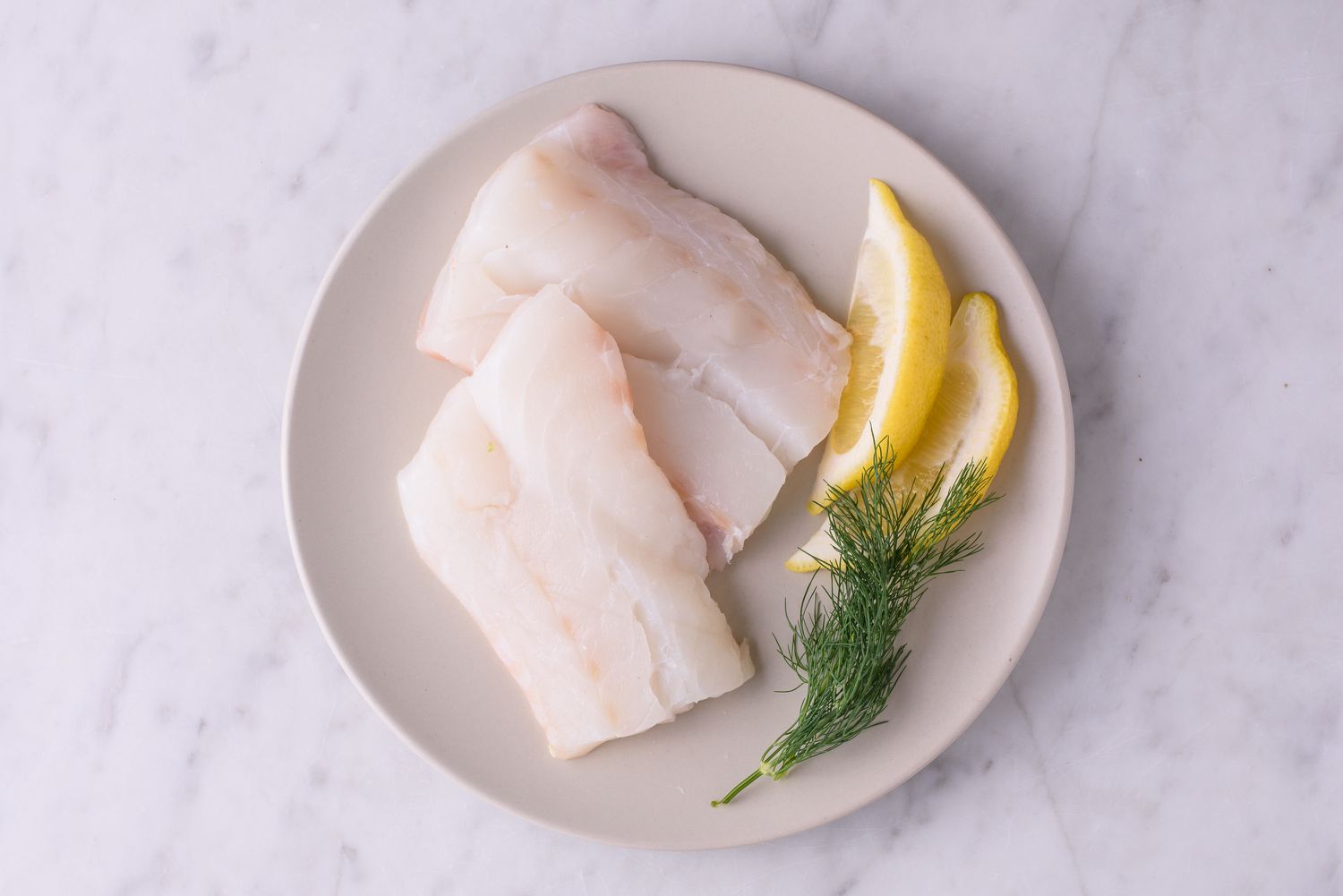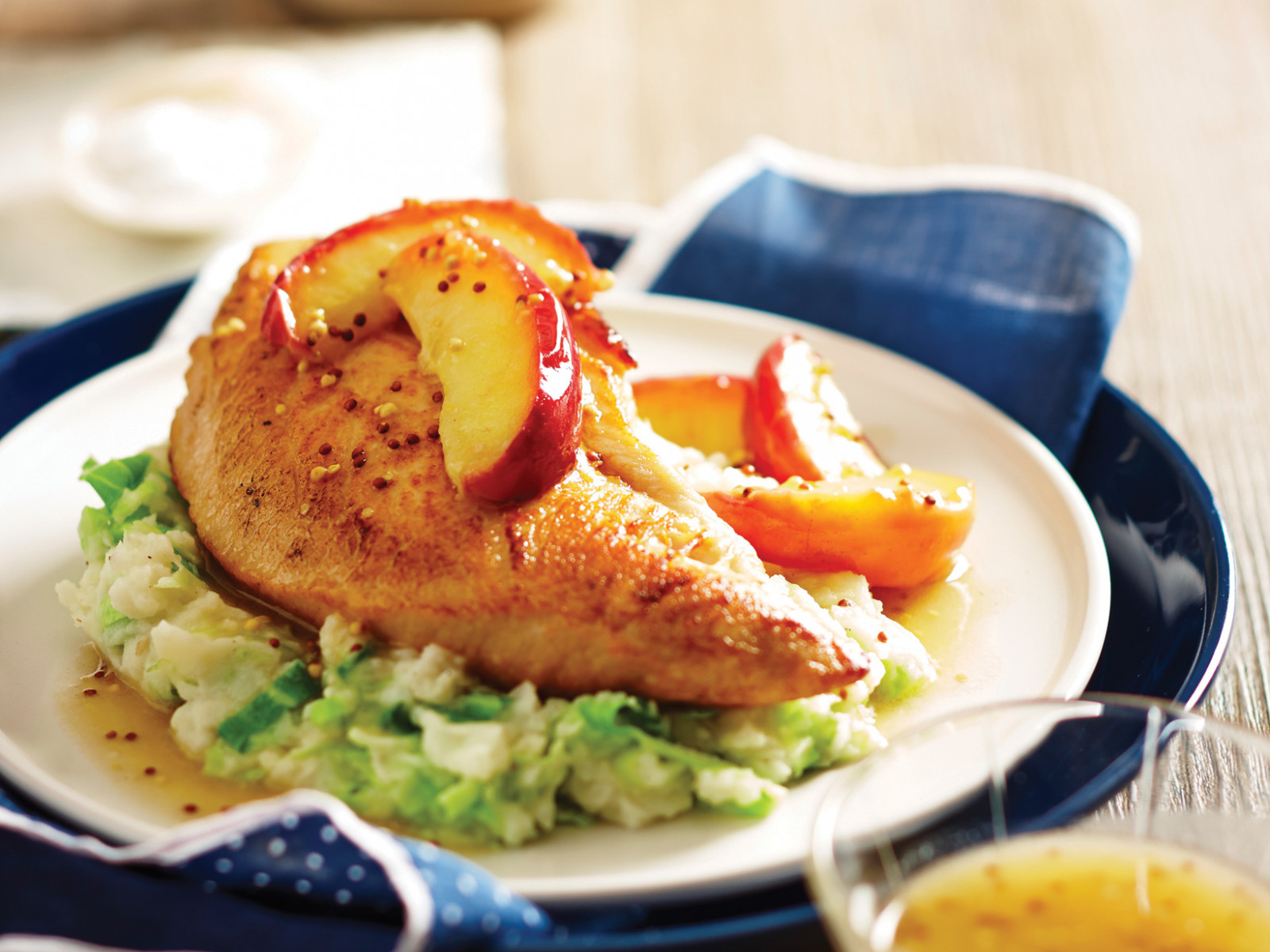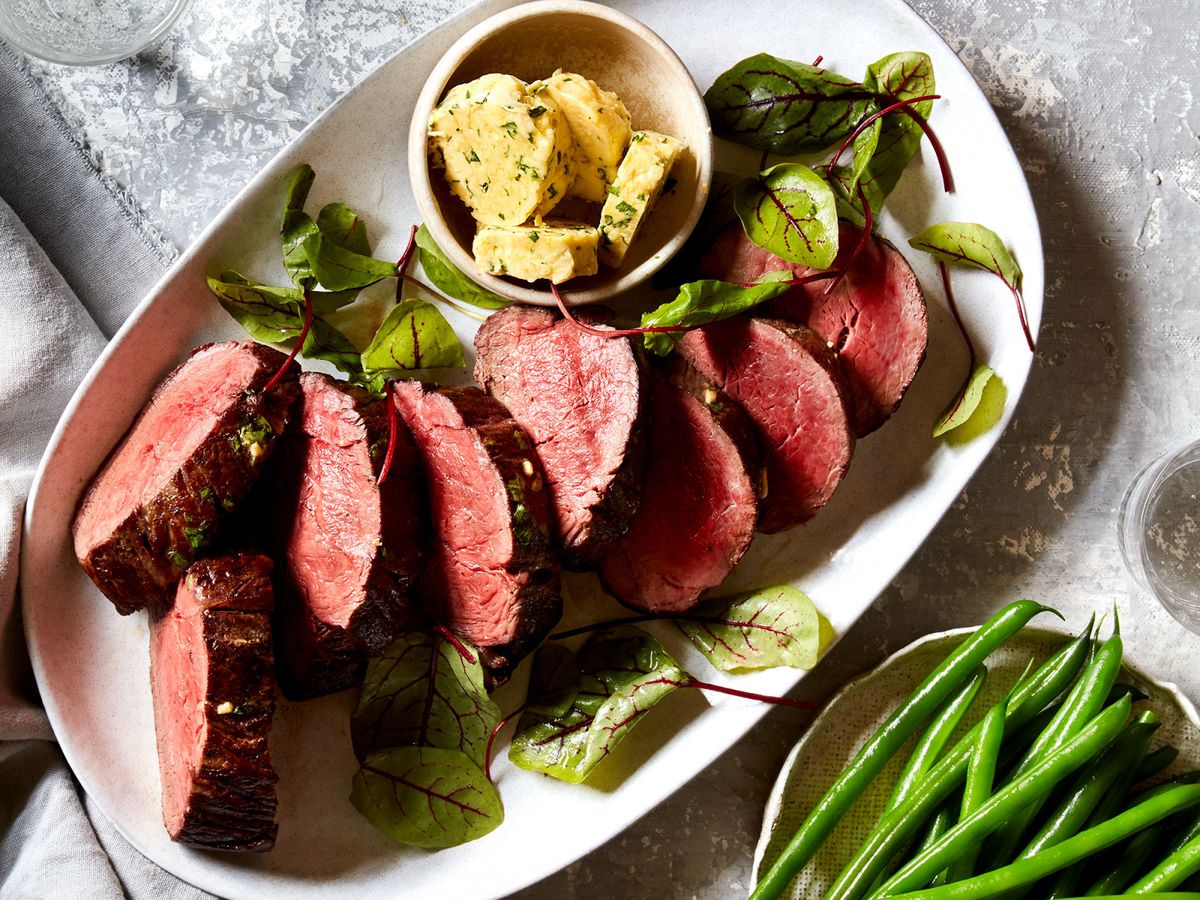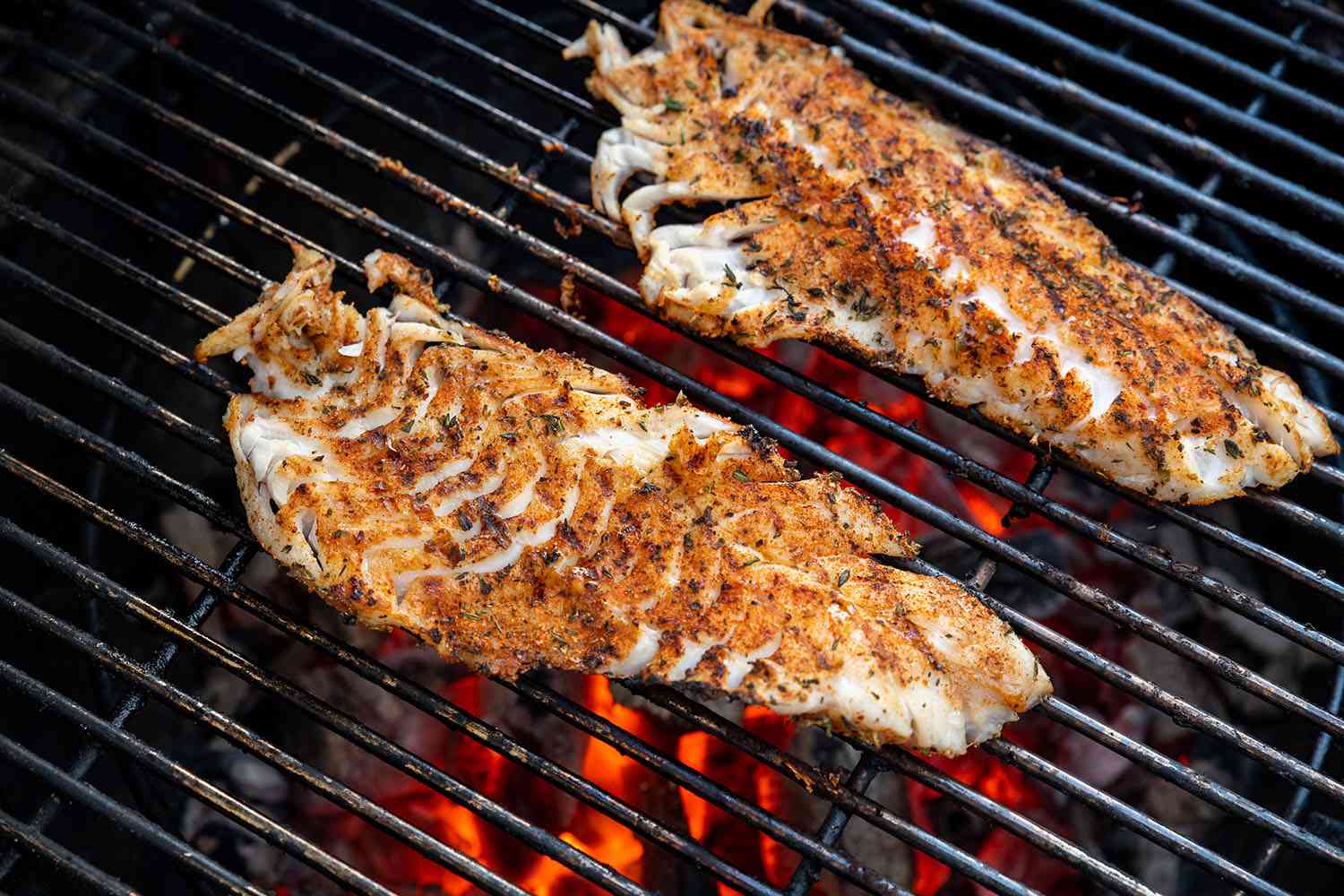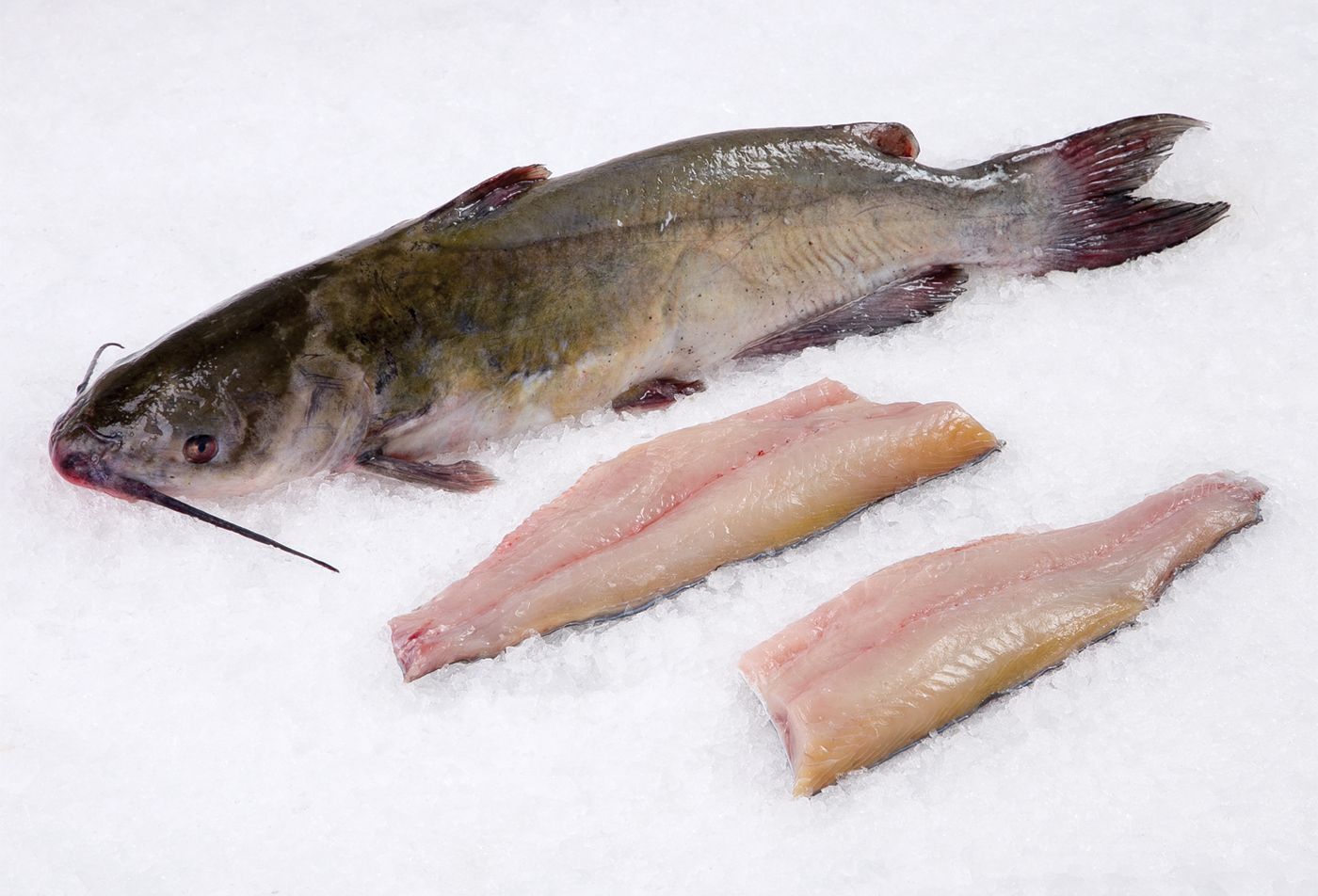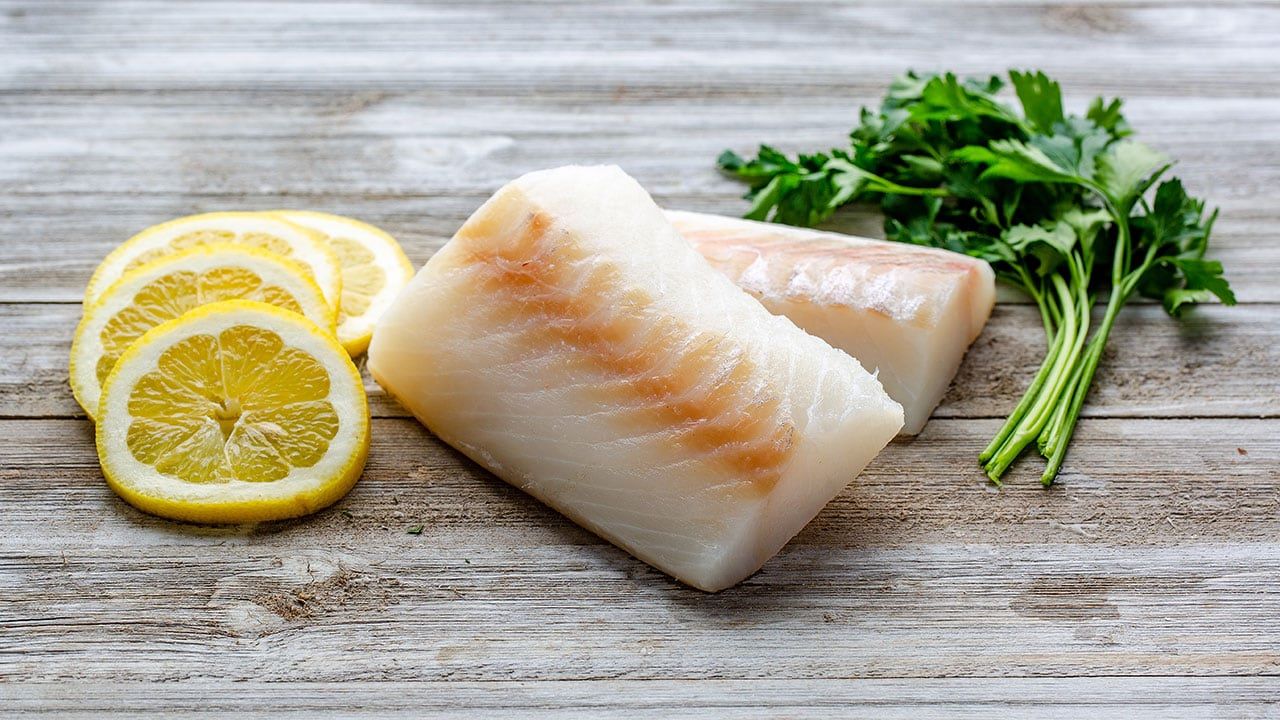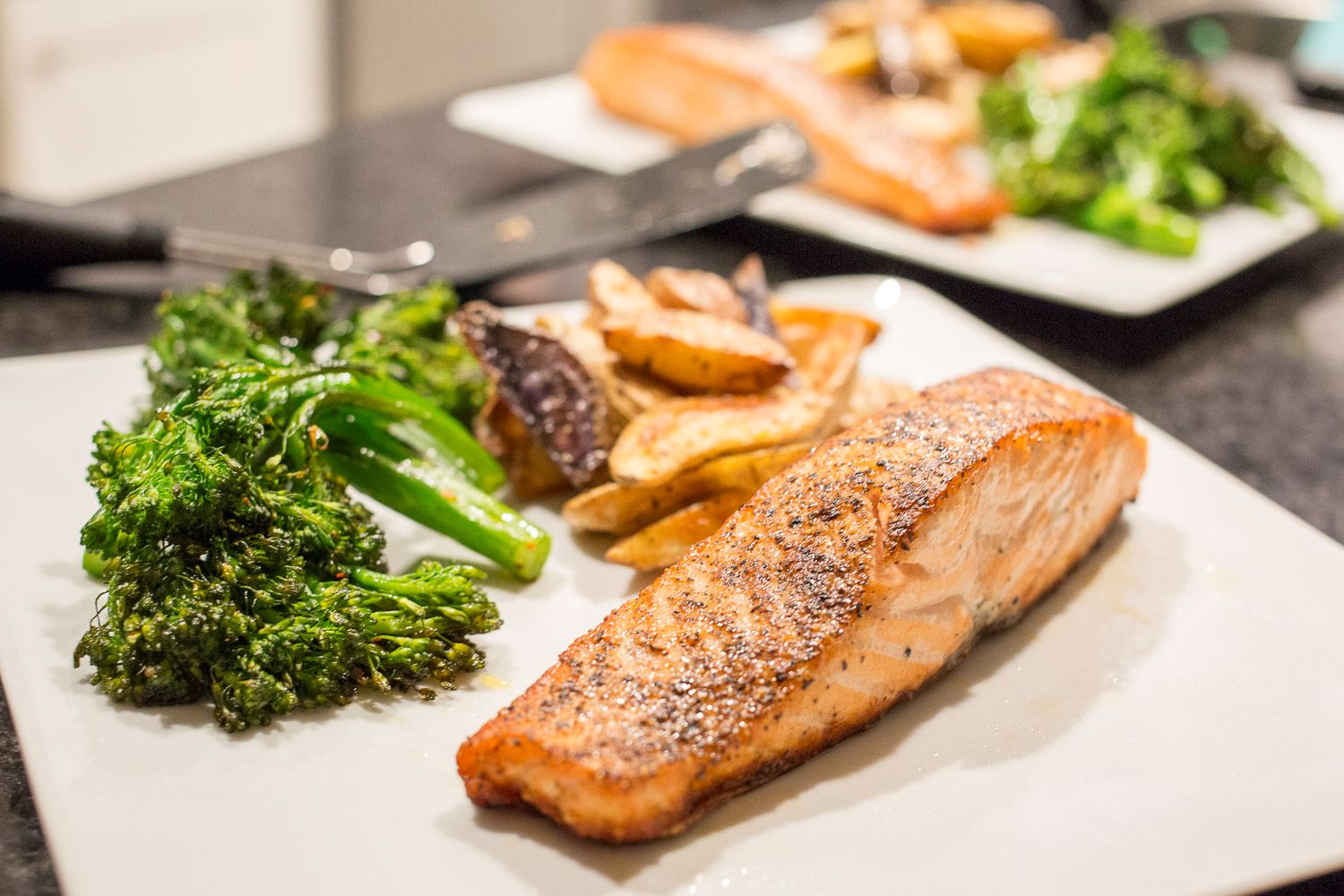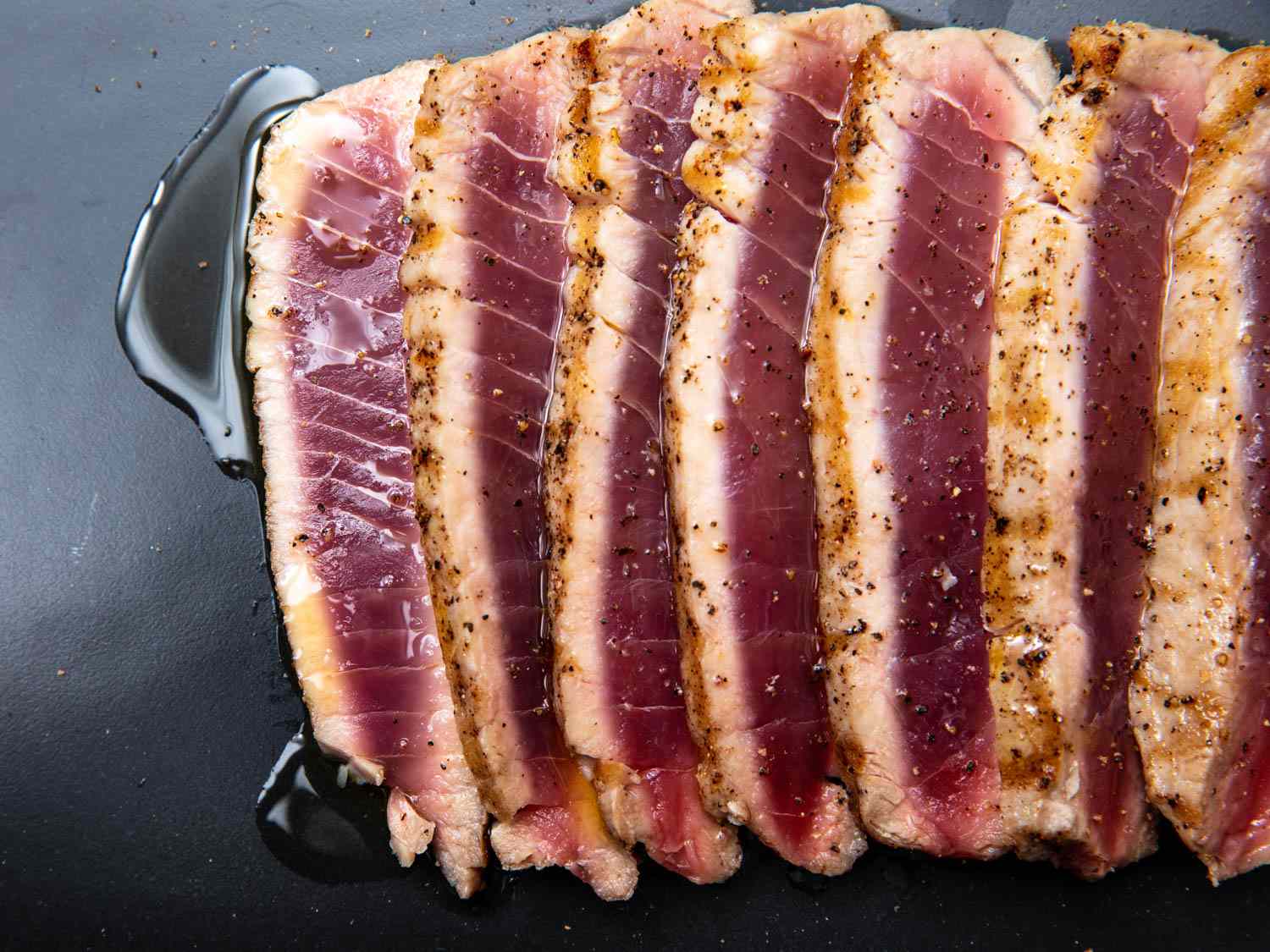Mastering the Art of Filleting Papio
Whether you’re an experienced angler or a seafood enthusiast, knowing how to fillet a papio is a valuable skill that allows you to make the most of this delicious fish. With its firm, white flesh and mild flavor, papio is a popular catch among fishermen and a favorite dish for many seafood lovers. In this guide, we’ll walk you through the step-by-step process of filleting papio so that you can enjoy its delectable meat in no time.
What You’ll Need
Before you begin, make sure you have the following tools on hand:
- Sharp fillet knife
- Cutting board
- Bowl for discarding scraps
- Water for rinsing the fillets
Step 1: Prepare the Fish
Start by laying the papio on the cutting board. Using a sharp fillet knife, make a small incision behind the gills and cut down towards the belly, following the natural curve of the fish. Be sure to remove the head and tail, and discard them in the bowl.
Step 2: Remove the Skin
With the fish laid flat on the cutting board, grip the skin near the tail with your non-dominant hand. Using the fillet knife, make a small cut between the flesh and the skin. Hold the skin firmly and slide the knife back and forth, working your way towards the head of the fish to separate the skin from the flesh. Repeat this process on the other side of the fish to remove the skin completely.
Step 3: Fillet the Fish
Once the skin is removed, it’s time to fillet the fish. Start by making an incision along the top of the fish, just behind the head, and cut down towards the backbone. Using smooth, steady strokes, run the fillet knife along the backbone, separating the flesh from the bones. As you work your way down the fish, use long, sweeping motions to remove the fillet in one piece. Repeat this process on the other side of the fish to obtain two fillets.
Step 4: Remove the Rib Cage
After filleting the fish, you may notice small pin bones and the rib cage along the center of each fillet. Use the tip of the fillet knife to carefully remove the pin bones, and then make a small incision along the top of the rib cage. Slide the knife underneath the rib cage and cut it away from the fillet, ensuring that you’re left with a boneless piece of papio.
Step 5: Rinse and Inspect
Once you’ve filleted the papio and removed any remaining bones, rinse the fillets under cold water to remove any scales or debris. Take this opportunity to inspect the fillets for any missed bones or pieces of skin, and trim away any unwanted parts as needed.
Now that you’ve successfully filleted the papio, you’re ready to cook it to perfection. Whether you prefer grilling, pan-searing, or baking, these freshly prepared fillets are sure to delight your taste buds with their delicate flavor and tender texture. So, the next time you reel in a papio, remember these steps to master the art of filleting and enjoy the fruits of your labor in the form of a delectable seafood dish.
